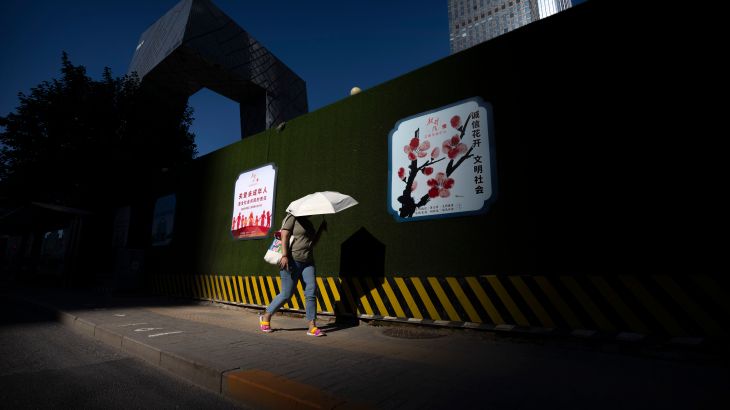
How are cities responding to extreme heat?
On Tuesday, May 16 at 19:30 GMT:
Scorching temperatures and record breaking heat have already grabbed headlines this year as increasingly severe heat waves continue to be a recurring feature of life in many parts of the world. School hours have been cut short in the Philippines while outdoor labour will be banned in Spain when it’s simply too dangerous to work. Climate historian Maximiliano Herrera tweeted that a recent heatwave in Southeast Asia is one of the most brutal heat events the world has ever witnessed. All the while scientists are on high alert, warning that an El Nino weather system may be imminent.
In cities the risk of extreme heat is all the more pronounced. Shade can be elusive and available only to the wealthy while buildings themselves often trap heat during the day and release it at night, working to further elevate temperatures. A recent analysis has found that “over 1.6 billion people living in close to 1,000 cities will face regular, extreme heatwaves in under 30 years’ time” if urgent measures aren’t taken. Experts warn that with extreme heat comes increased death and illness, threats to biodiversity and long-term impacts on economic growth. While wealthier nations and citizens tend to have more access to relief, it’s people who are living in lower income countries and communities who suffer the most.
As extreme heat continues to plague people and communities around the world a new crop of leaders are leading the charge to mitigate the risks and impact in their cities. On This episode of The Stream, we discuss how some cities are responding to extreme heat.
In this episode of The Stream, we are joined by:
Eugenia Kargbo @EugeniaKargbo
Chief Heat Officer, Freetown Sierra Leone
Aditya Valiathan Pillai @aditya_vpillai
Associate Fellow, Centre for Policy Research (CPR)
Cristina Huidobro @CrisHuidobro
Chief Heat Officer, Santiago Chile